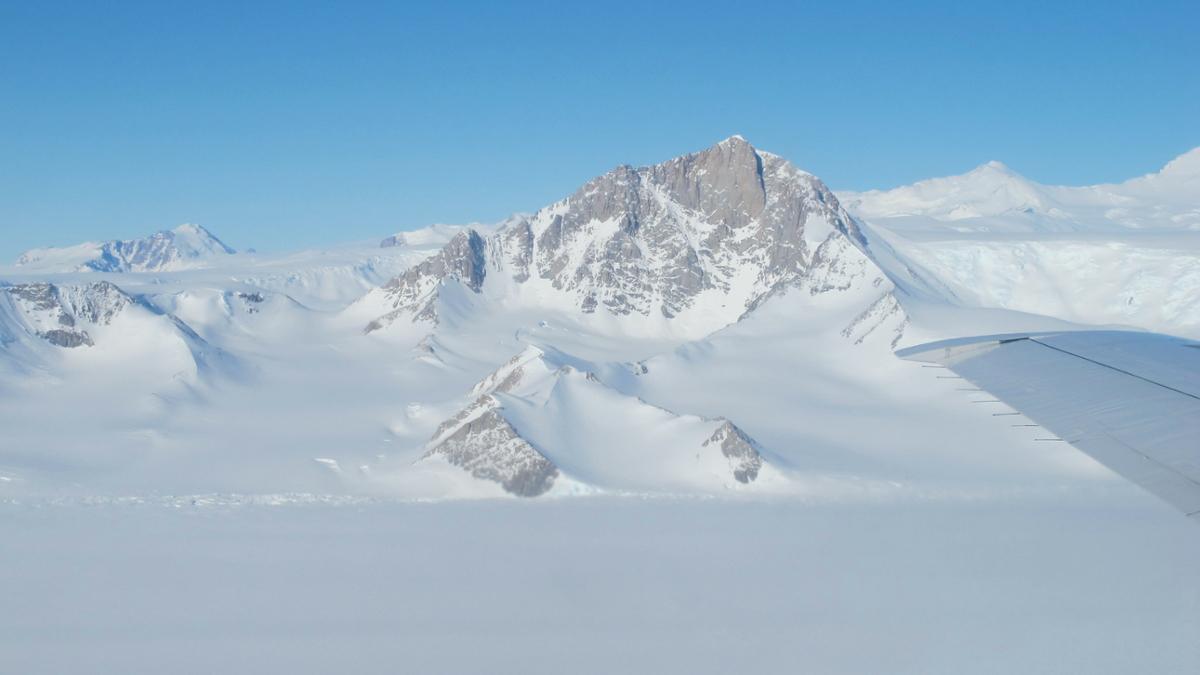Microbial life is found everywhere on Earth that microbiologists have looked. It is found in acidic pools of geothermally heated water, such as those at Yellowstone Park. It is found as deep as three miles underground on land, and six miles beneath the floor of the ocean. It is even found in the sediments beneath the deepest trenches in the ocean. It has been found twenty miles up in the stratosphere. It is found in the soil of the driest non-polar desert on Earth: Chile’s Atacama Desert. It is even found in many of the dry, cold soils of Antarctica. Biologists have supposed that microbial life can adapt to any environment on Earth. They may be wrong.
In 2021 a team of North American researchers reported their discovery of what may be the first lifeless environment ever found on Earth. The researchers were analyzing soil samples collected from ice-free soil on mountain peaks in the Transantarctic Mountains, just three hundred miles from the South Pole. The mountain range extends across Antarctica, poking through thousands of feet of ice.
The soil from the lower, less frigid mountains that the researchers sampled contained bacteria and fungi. But, the salty soil from the windswept slopes of the two highest, coldest, driest peaks contained no detectable signs of microbial life. Although it’s possible that microbes were present in numbers too small to be detected, this is the first time ever that researchers have found soil on Earth where they couldn’t detect life. The findings help to identify the limits beyond which life, as we know it, is not possible. This may help in the search for life on Mars and other planets and moons.









